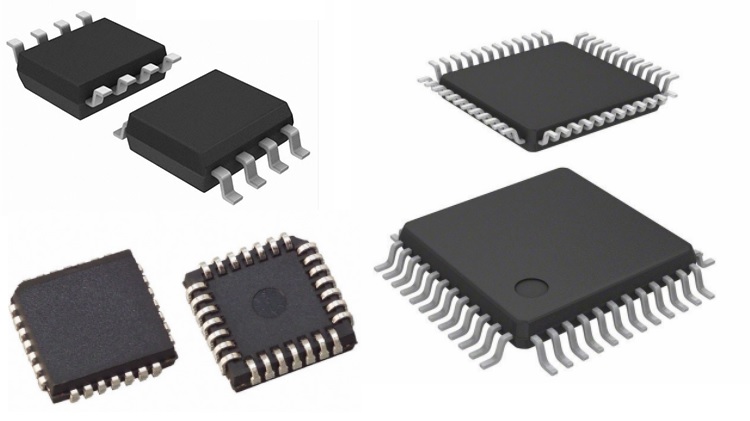
In the vast realm of electronics, the term 'switch' is often thrown around casually, but what does it truly signify? Is a switch an electronic component? To answer this question, we must delve into the intricate world of electronic systems and components.
A switch, in its most basic definition, is a device that controls the flow of current in an electrical circuit. It can either connect or disconnect the circuit, thereby controlling the electrical power in devices. From this perspective, a switch is indeed an electronic component. However, it is essential to understand that the role of a switch extends beyond this basic function, and its significance in electronic systems is profound.
Switches are the unsung heroes of electronic devices. They are the gatekeepers of electrical circuits, controlling the flow of current and protecting the device from potential damage. They are found in almost every electronic device, from the simplest of flashlights to the most complex of computer systems.
In the context of digital electronics, switches take on a more abstract form. Here, they are represented as transistors that act as electronic switches. These are fundamental building blocks of digital circuits, and they function by switching between 'on' and 'off' states, representing the binary digits 1 and 0, respectively.
In the realm of network technology, the term 'switch' refers to a networking device that connects multiple devices together on a computer network. These switches operate by using packet switching to receive, process, and forward data to the destination device.
From an energy-efficiency perspective, switches play a crucial role in reducing energy consumption. By controlling the flow of current, switches can turn off power to components or systems that are not in use, thereby conserving energy.
In the field of electronics design and manufacturing, switches are integral components. They are used in a variety of applications, including power circuits, signal routing, user interfaces, and more. The design and selection of switches are critical aspects of the electronic design process, impacting the performance, reliability, and cost of the final product.
In conclusion, a switch is not just an electronic component; it is a versatile and vital element in the world of electronics. Its role extends beyond simply connecting or disconnecting a circuit. It is a gatekeeper, a building block, a connector, an energy saver, and a design element. So, the next time you flip a switch, remember that you are not just turning on a device; you are engaging with a critical component that makes the world of electronics function.

